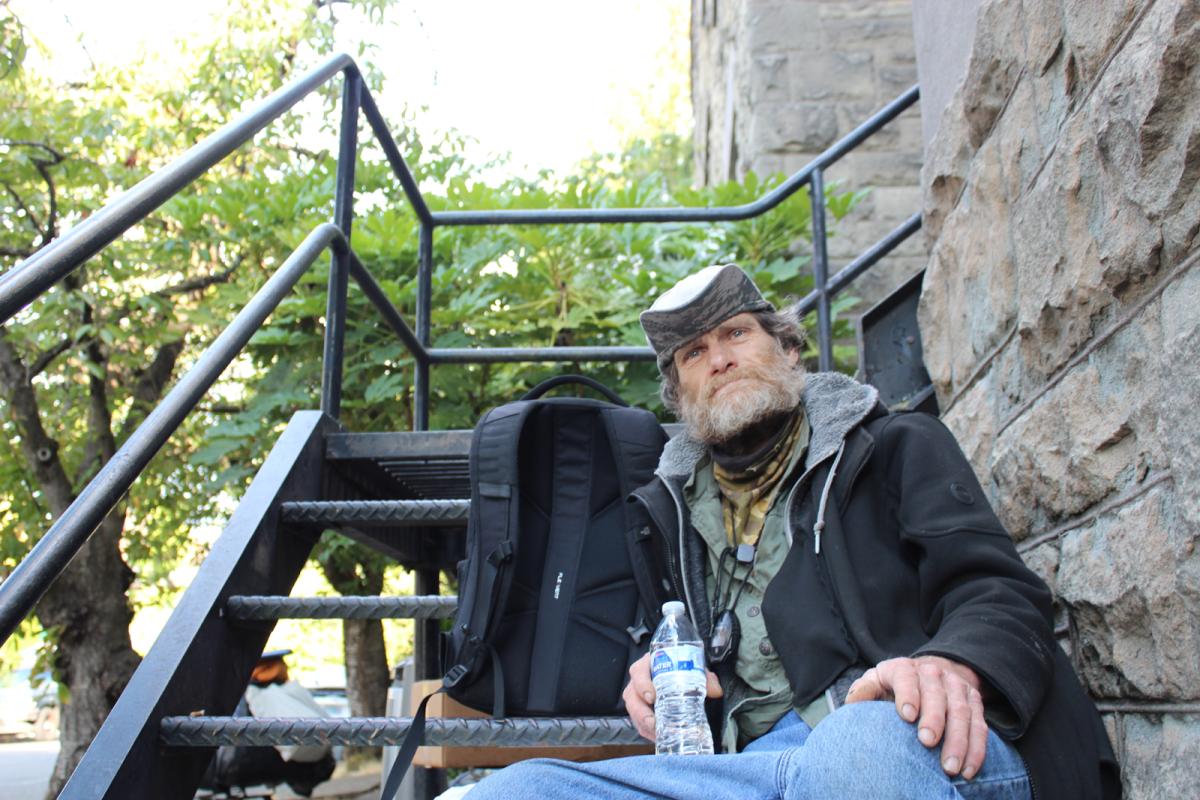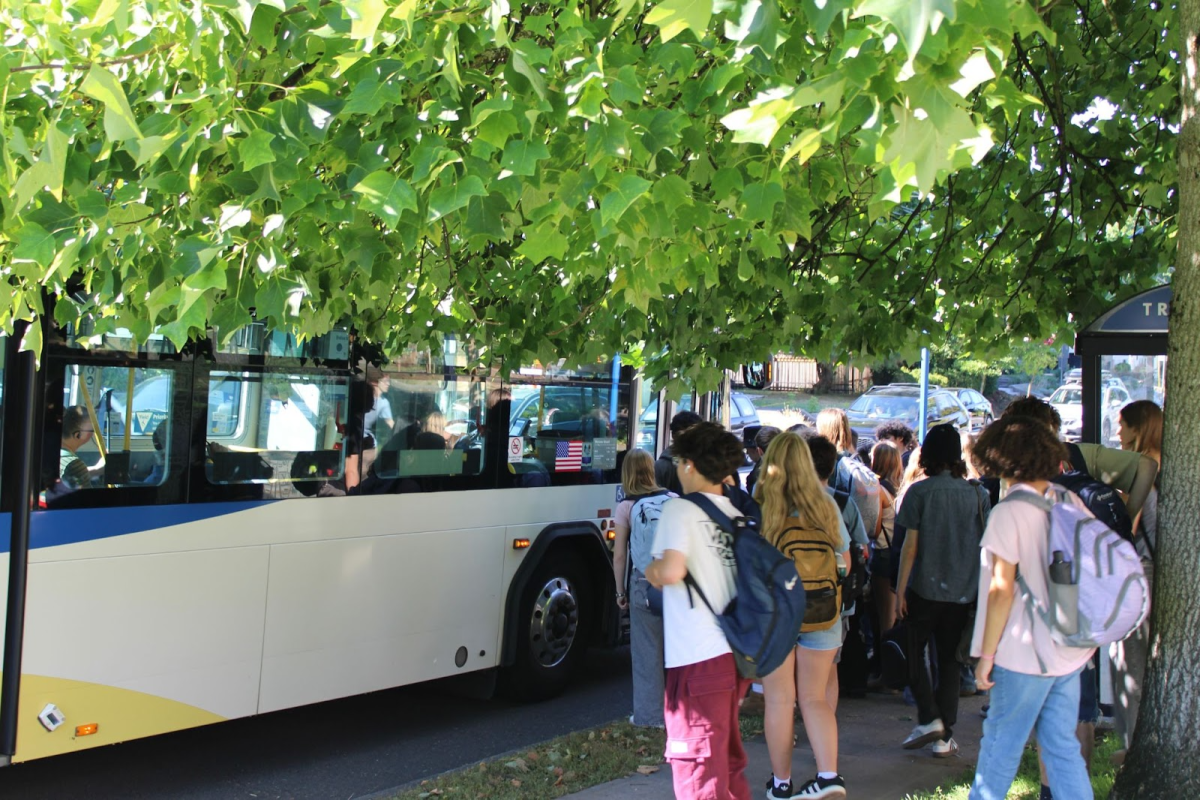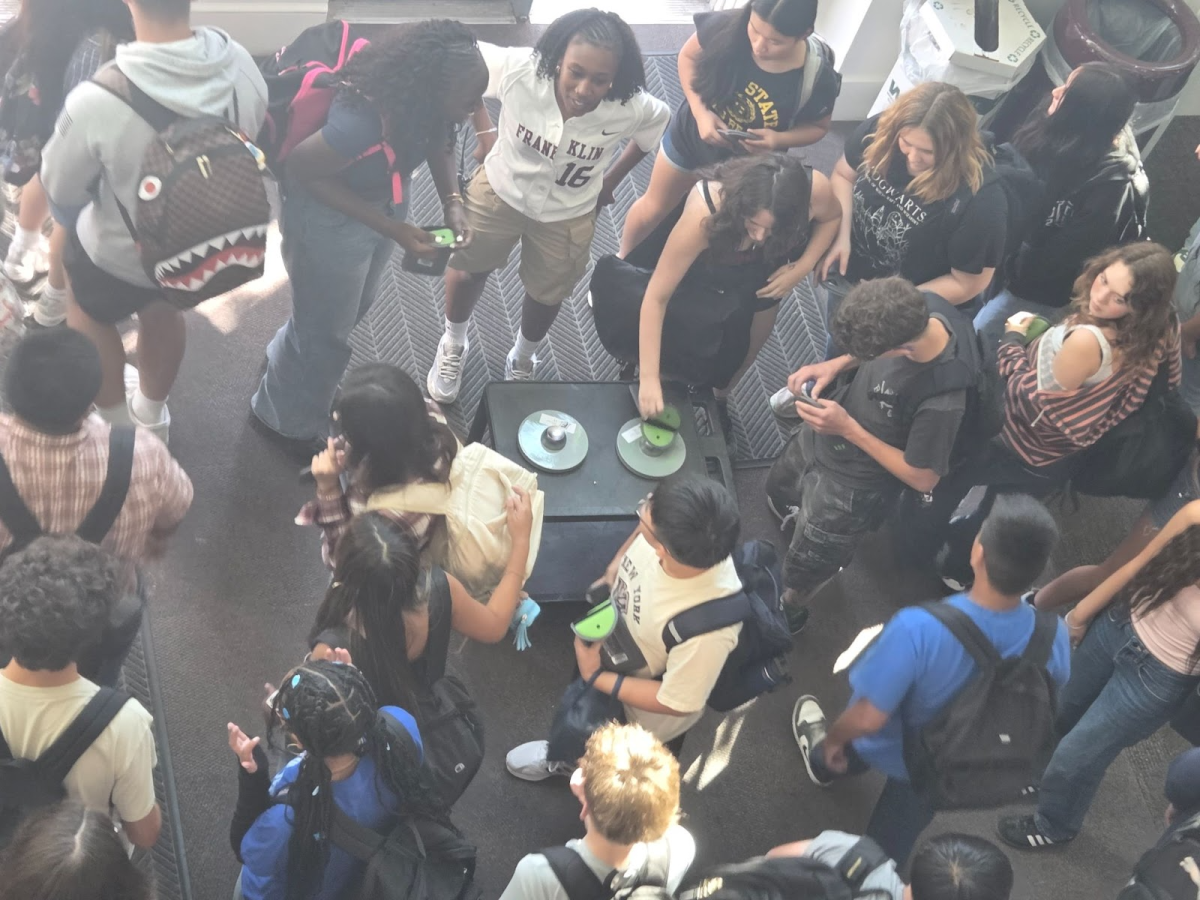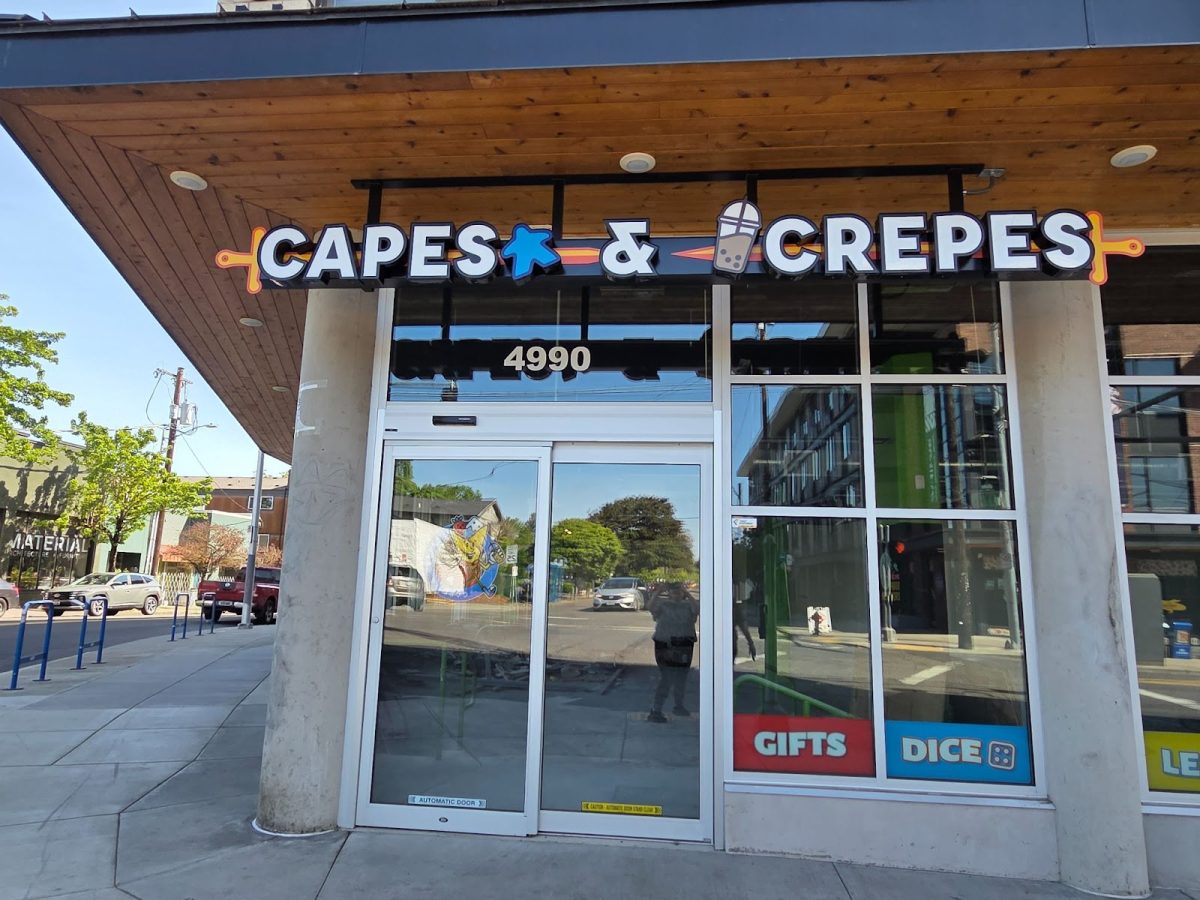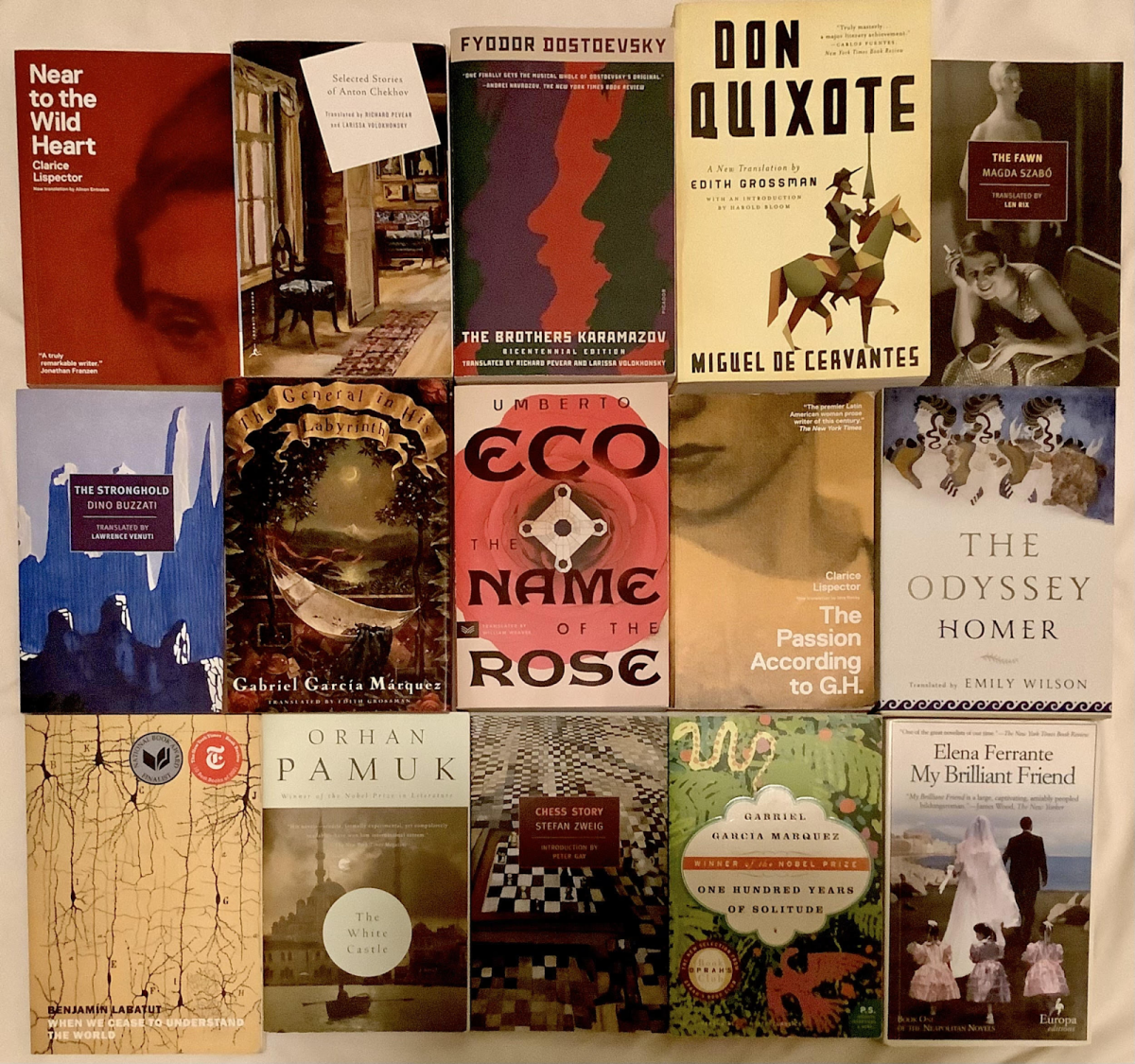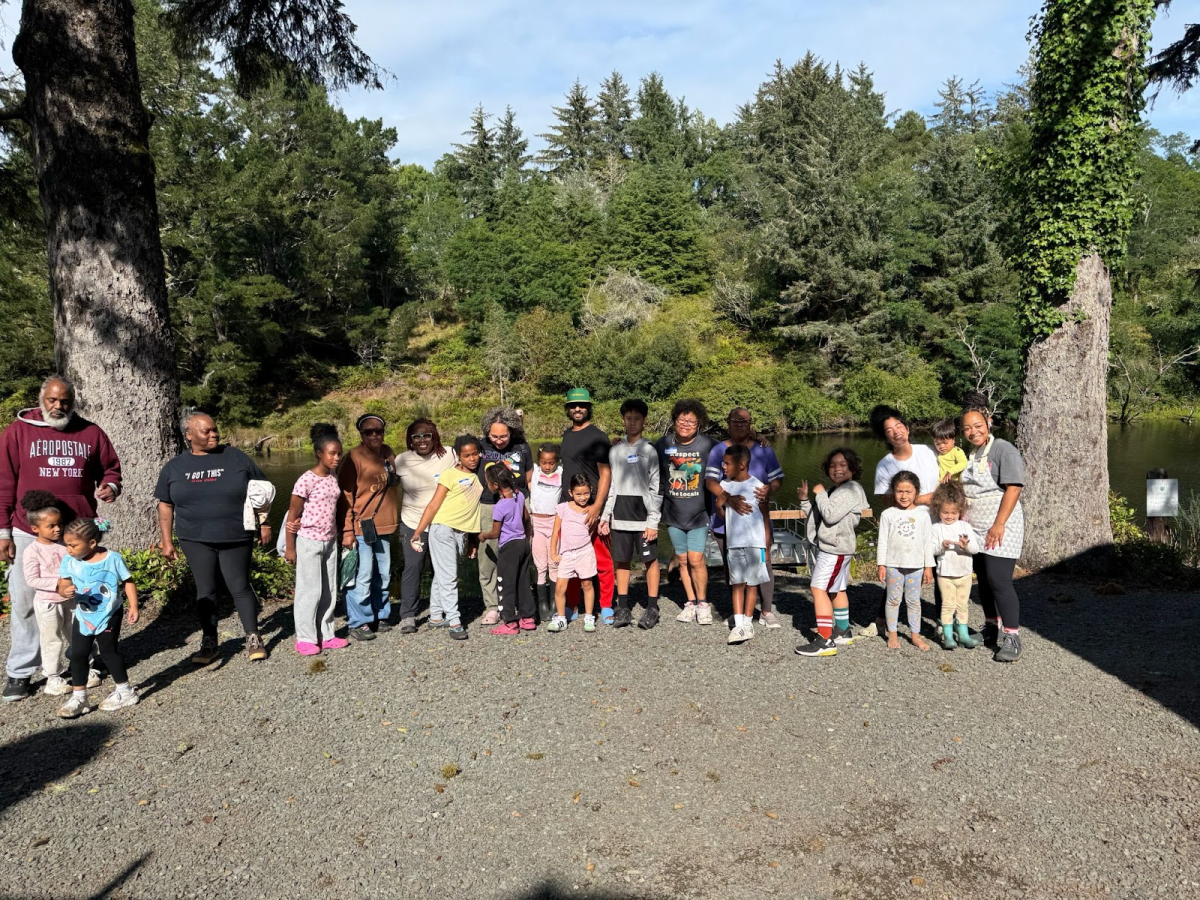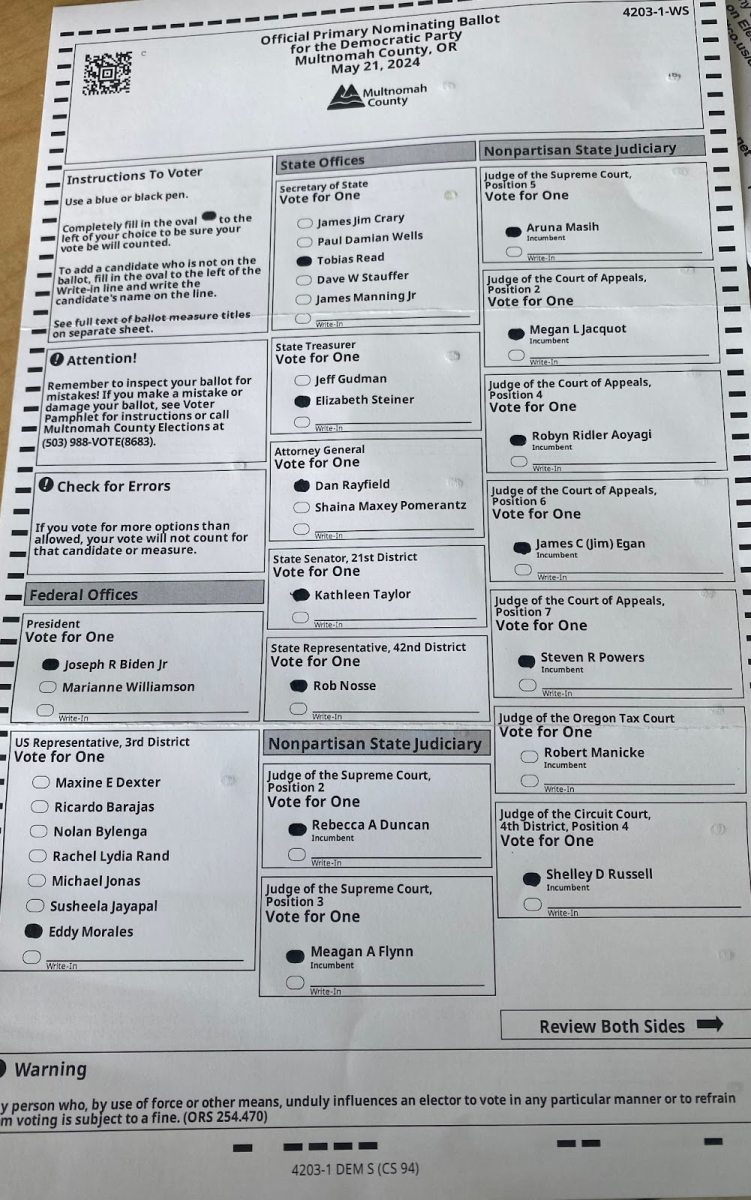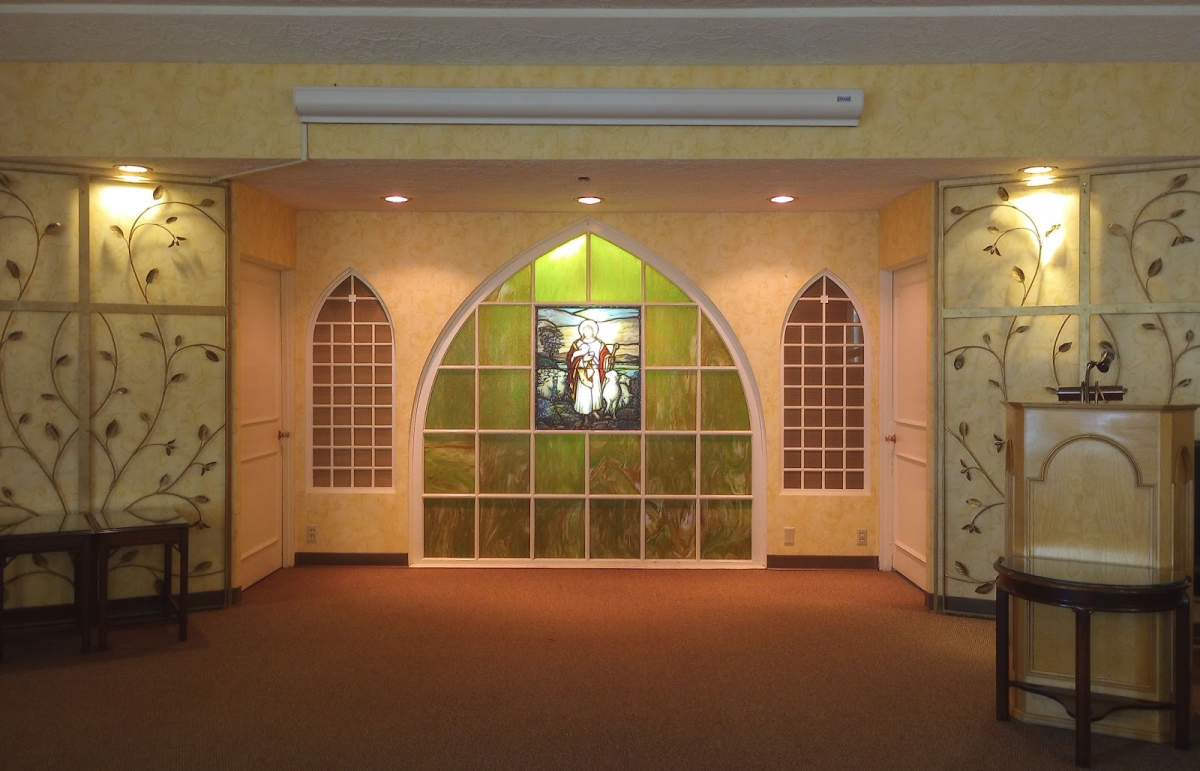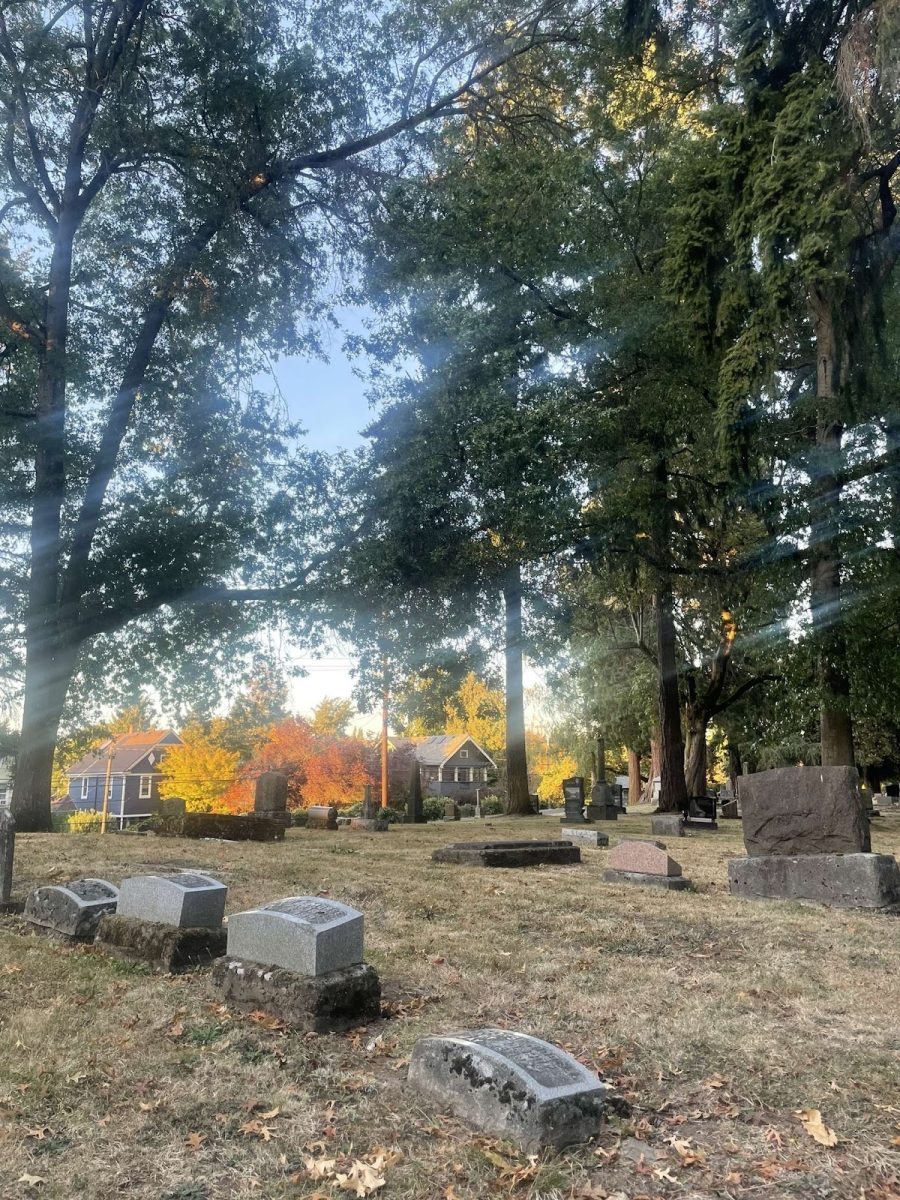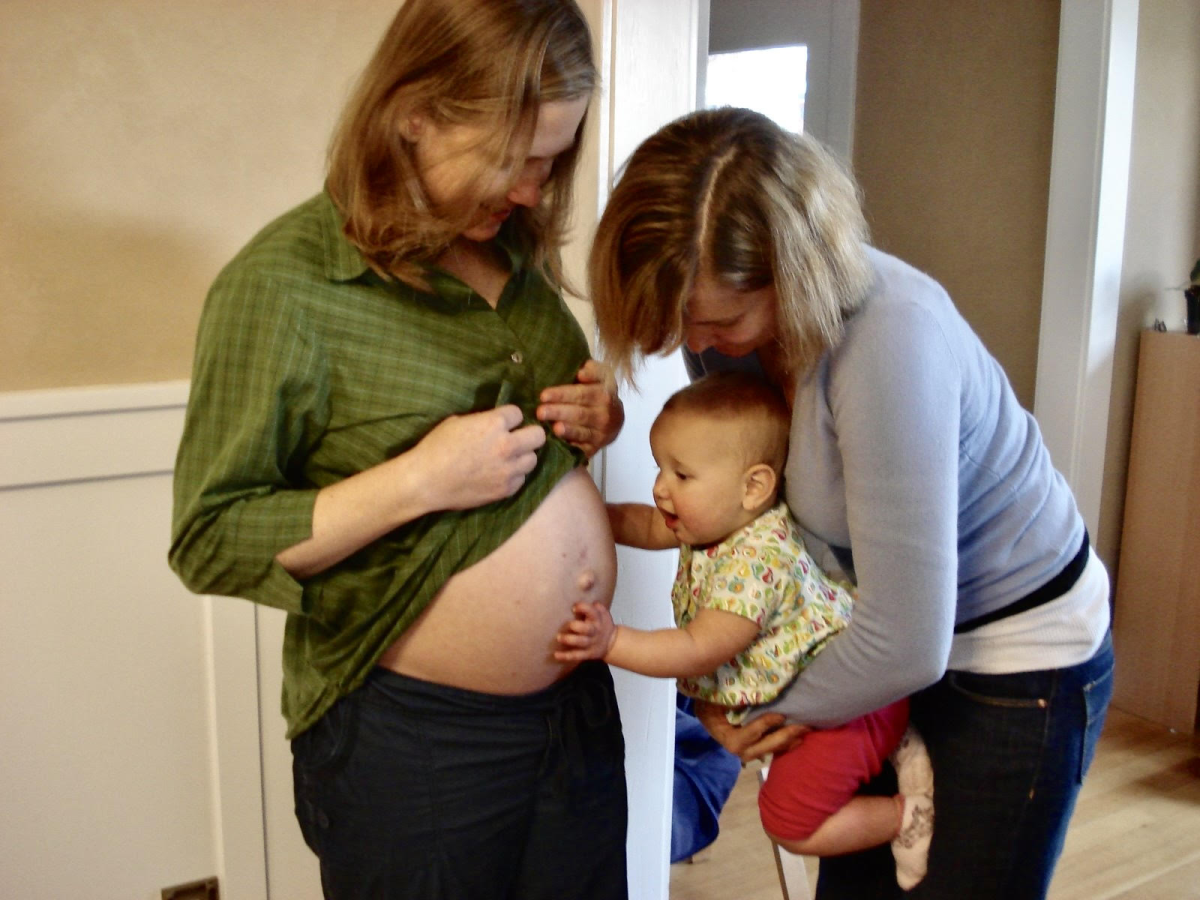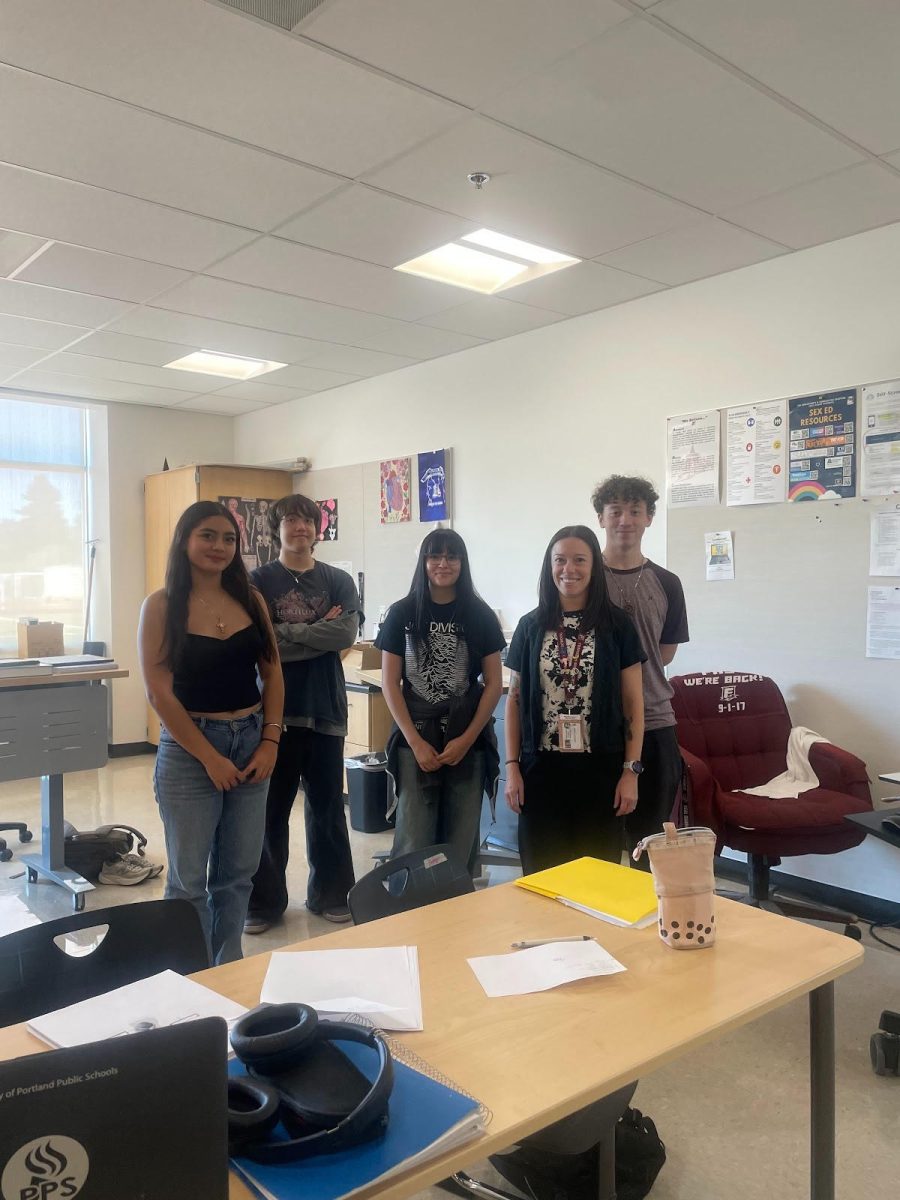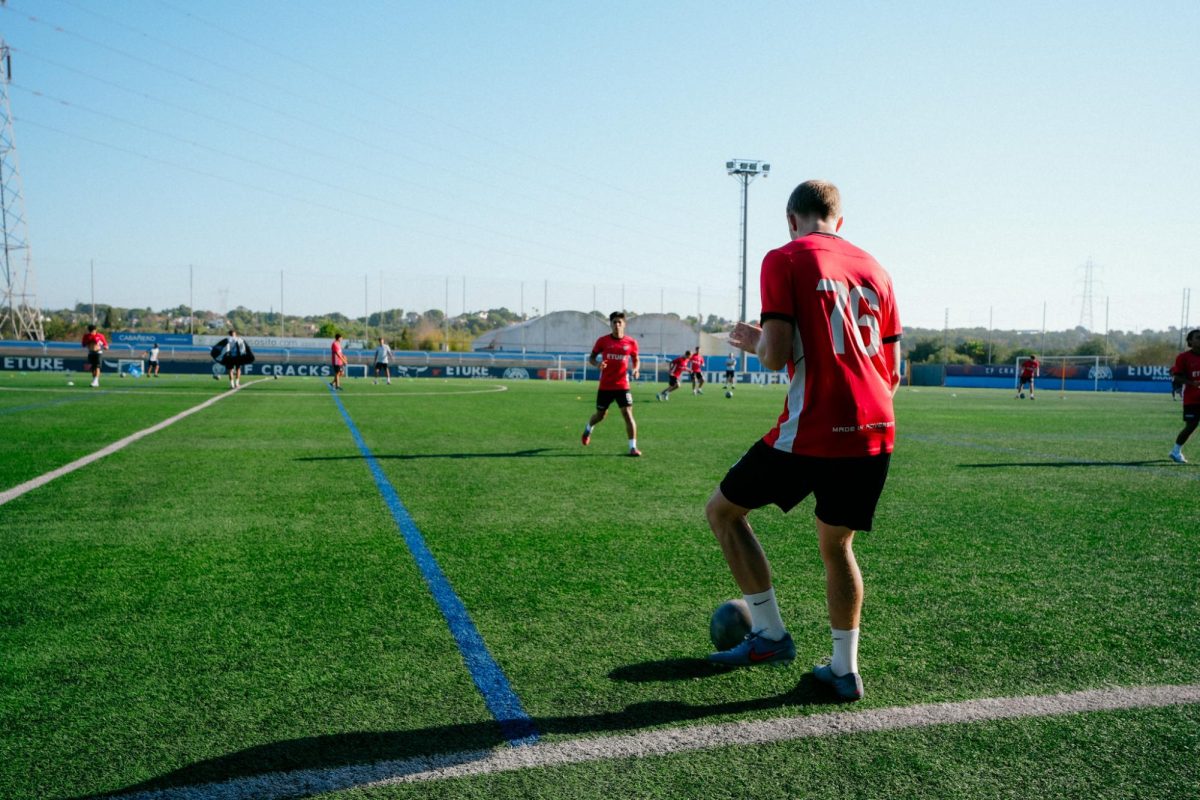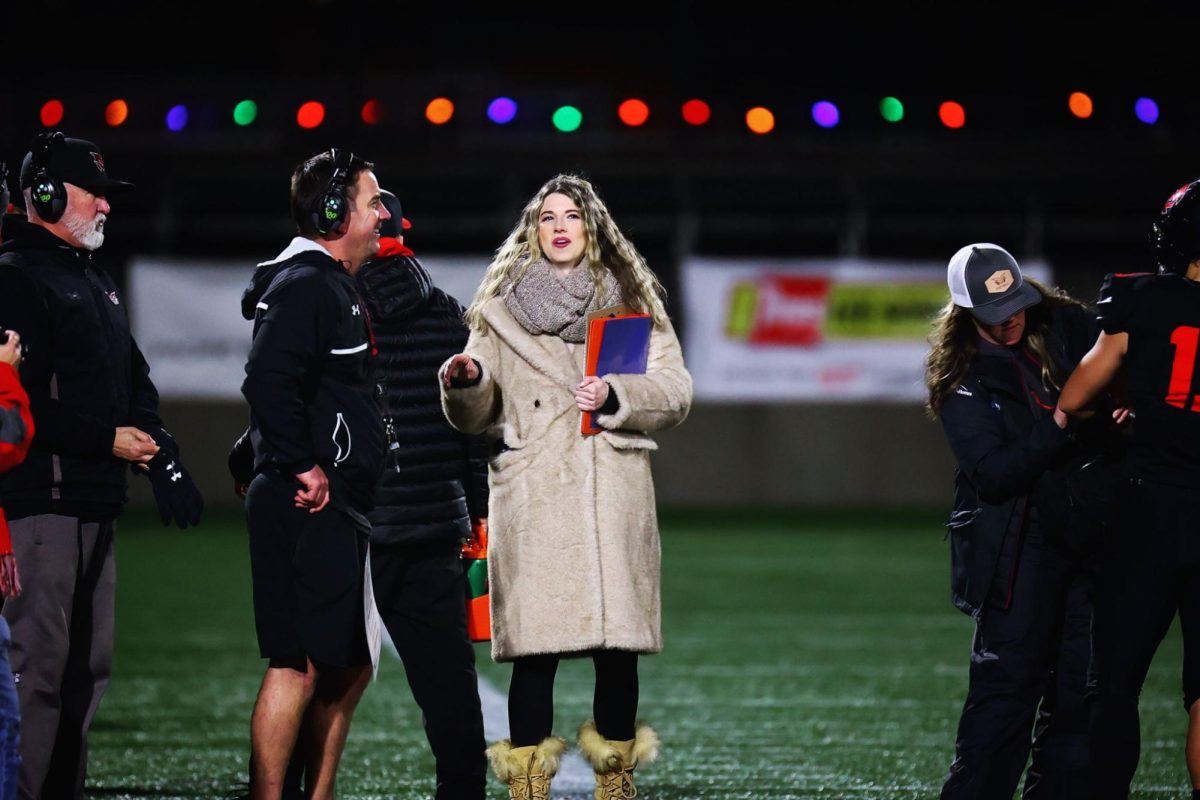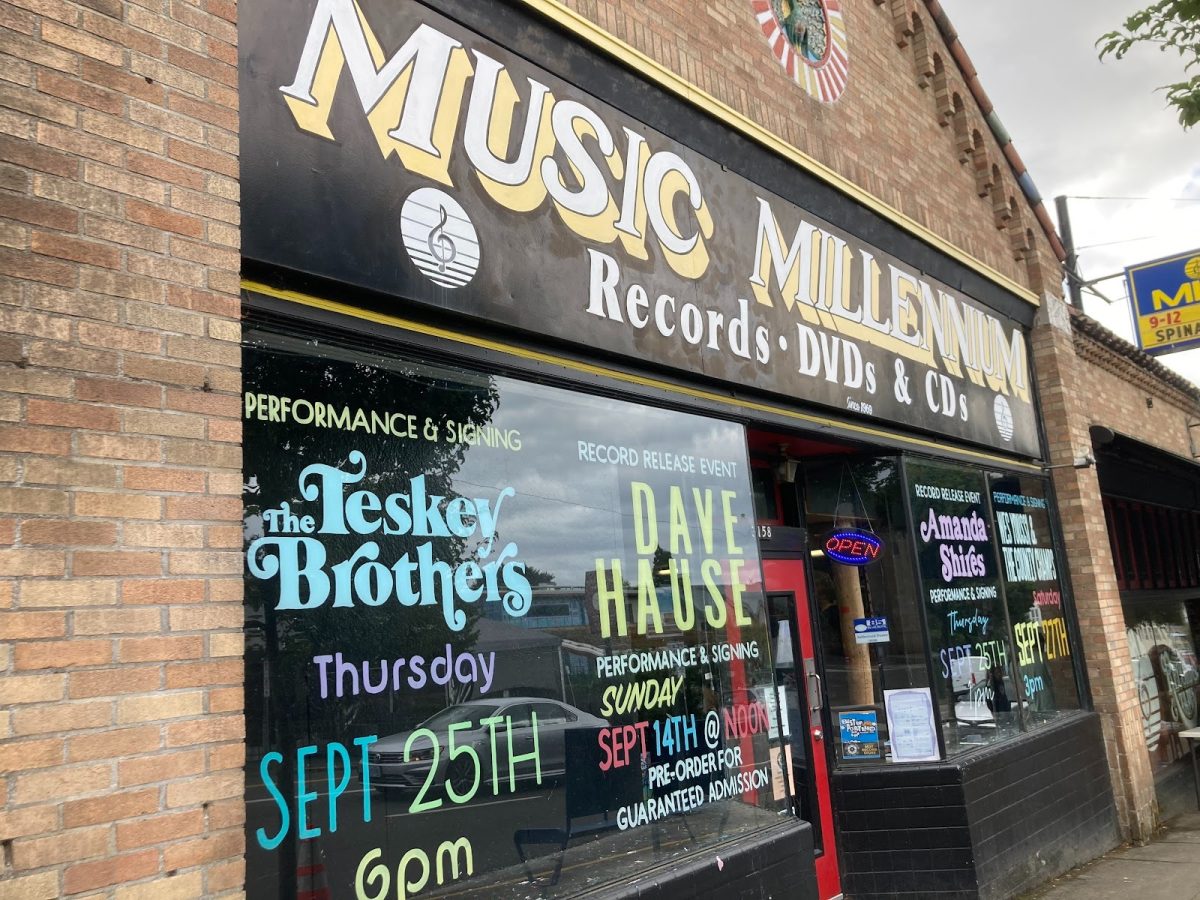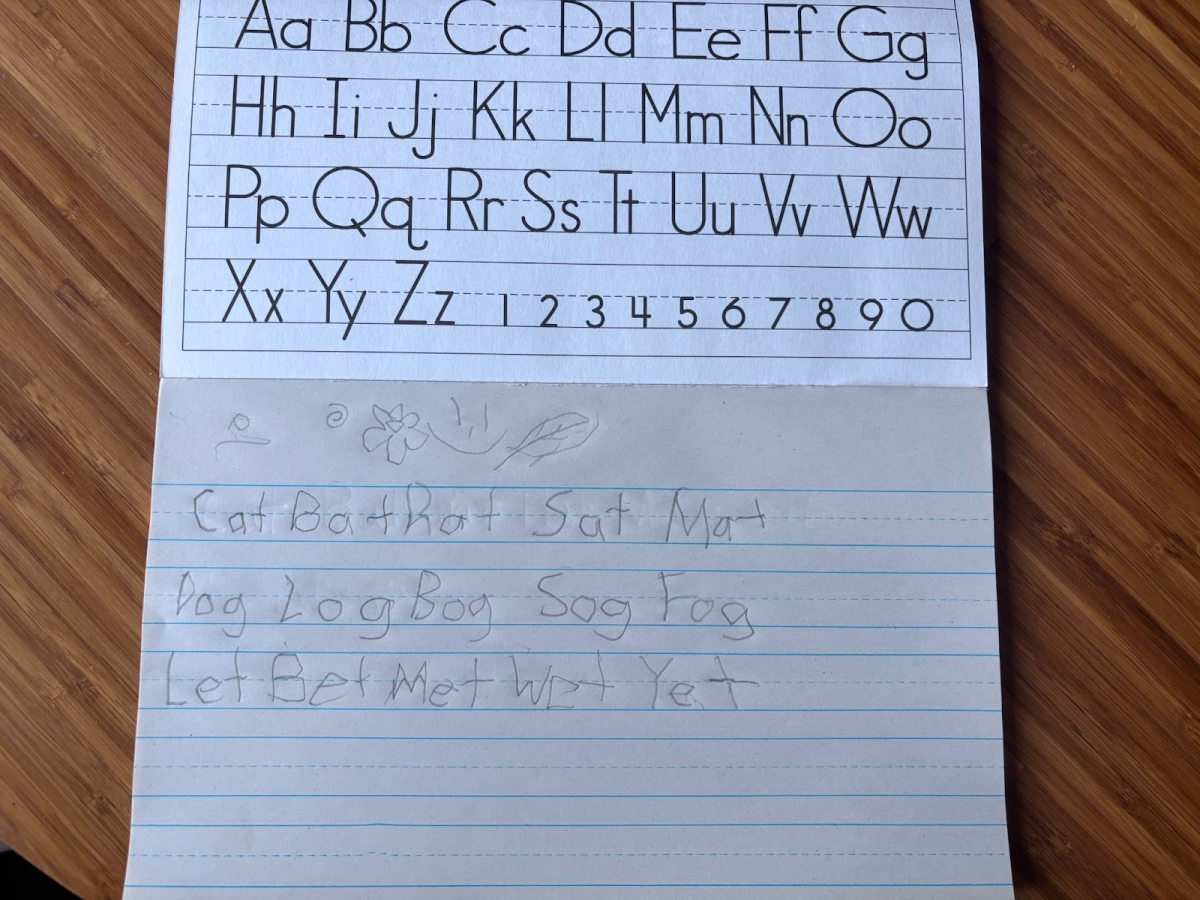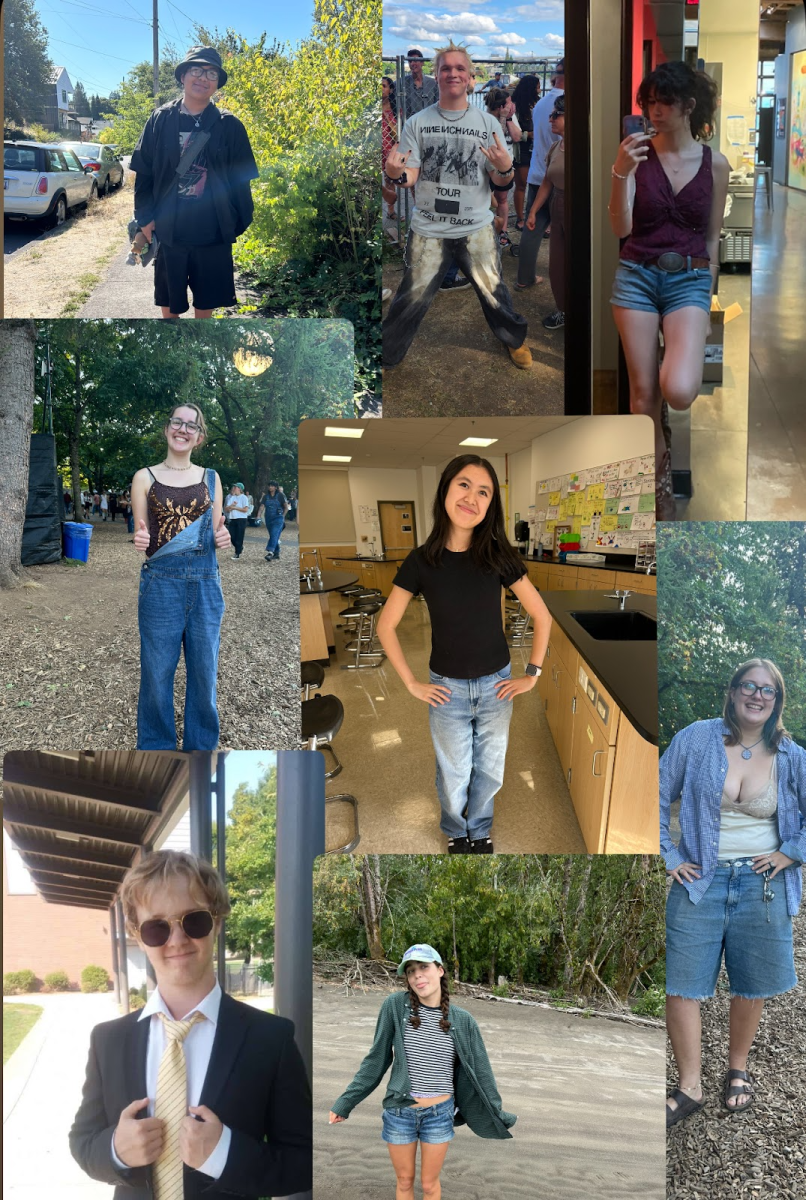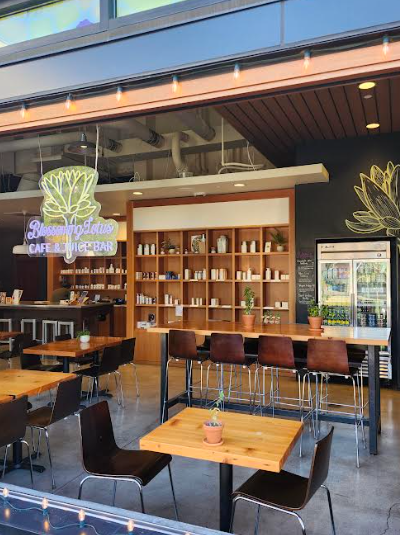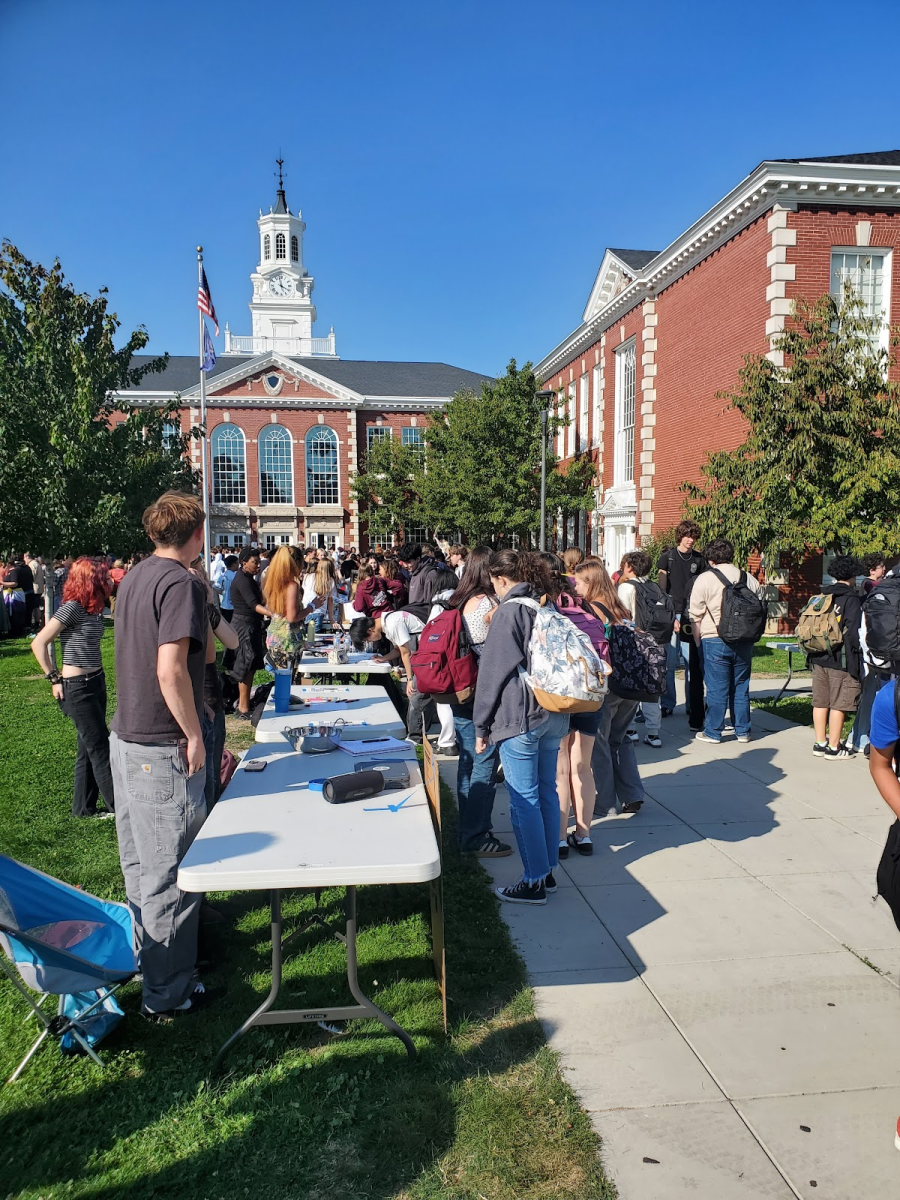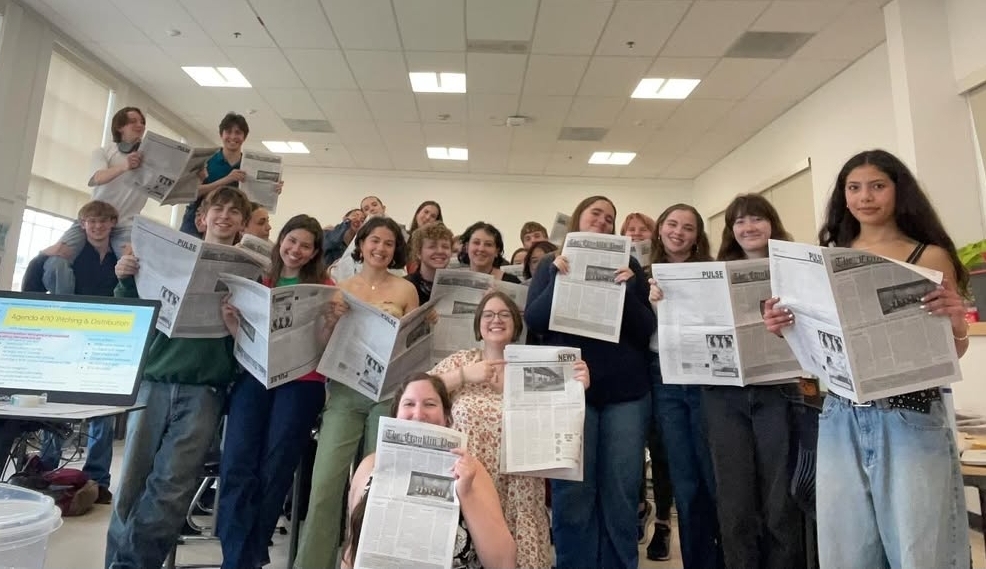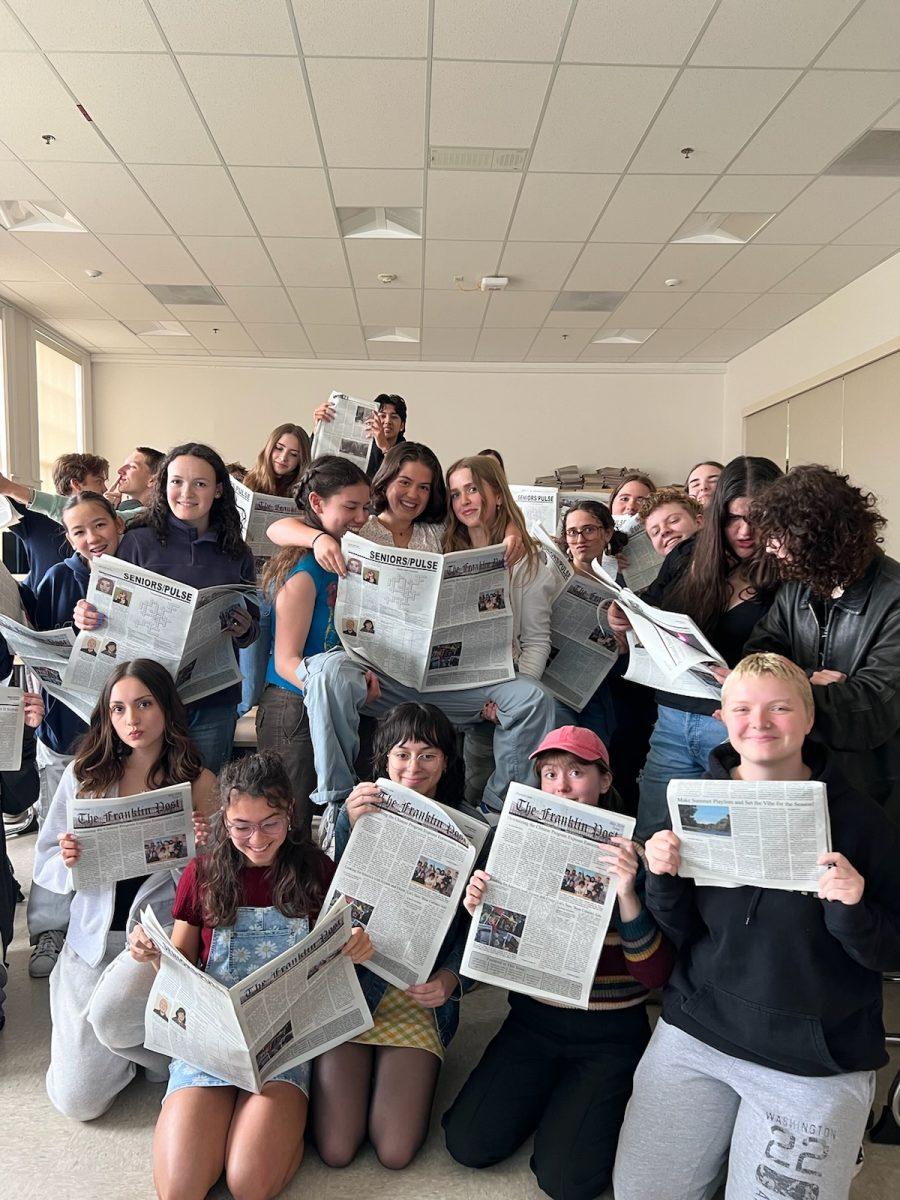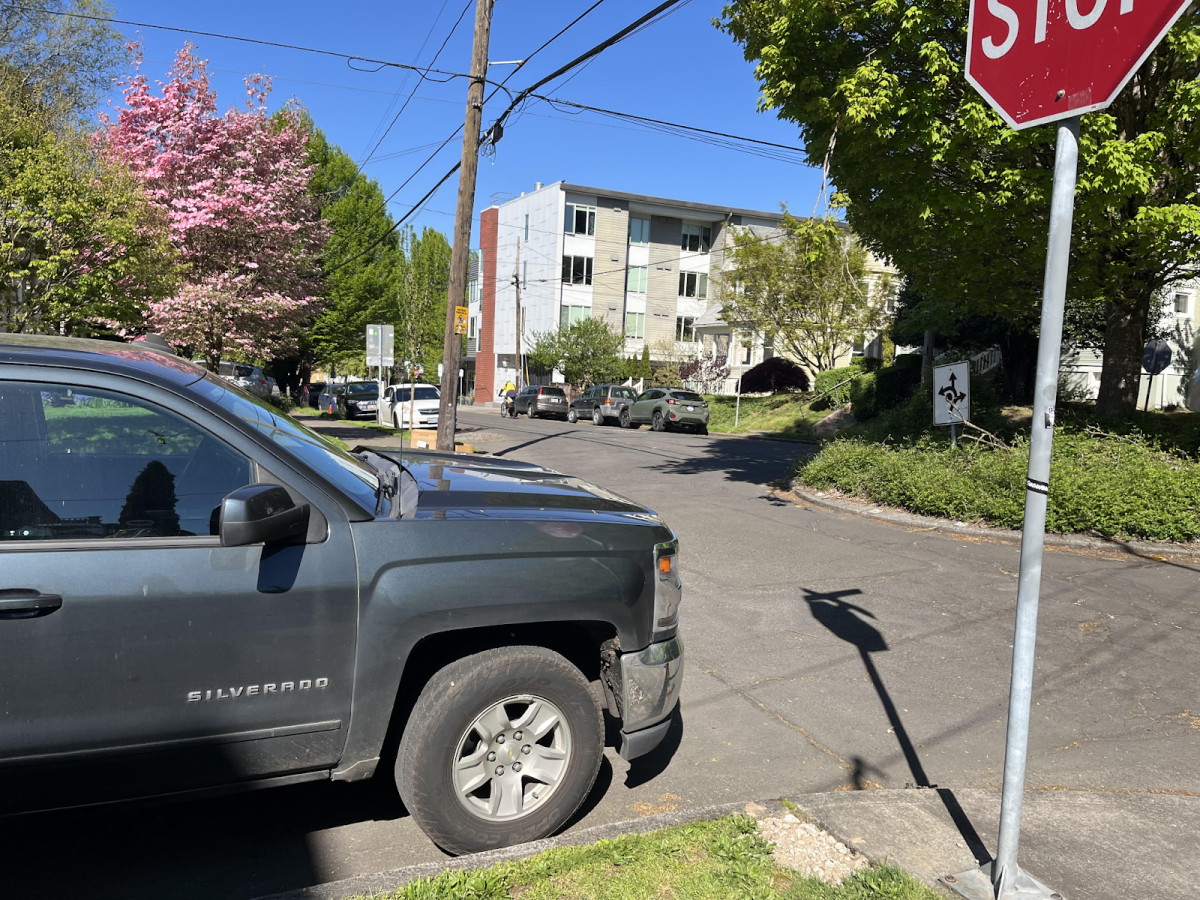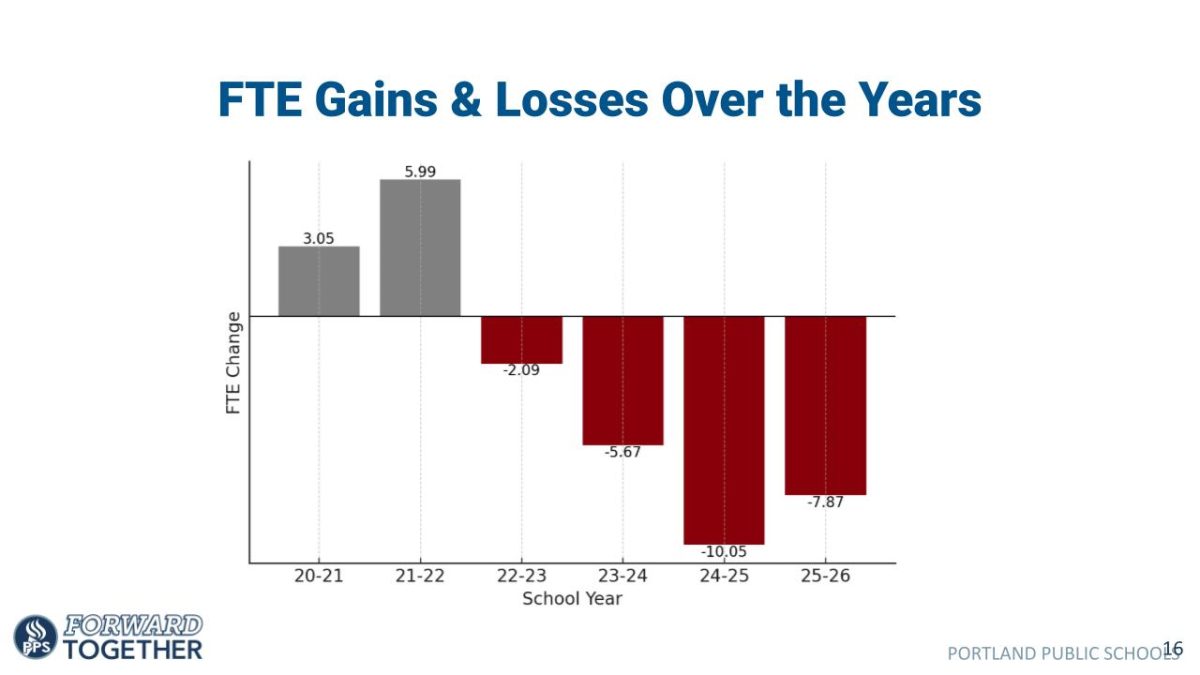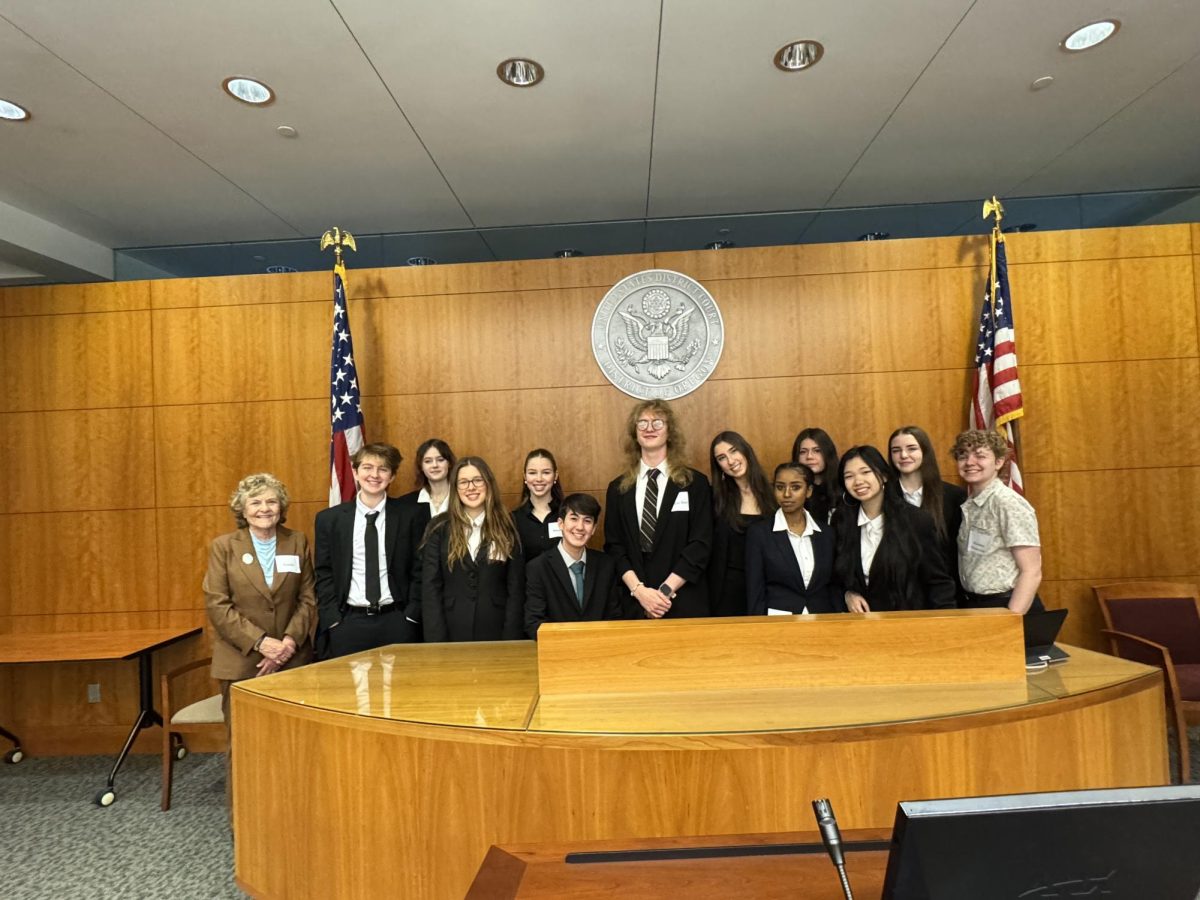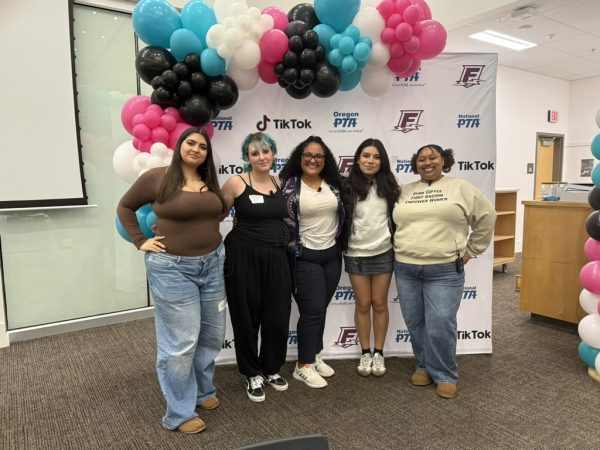
TikTok is a social media app that has inspired fierce debates in households, schools, and even the United States government. With a possible TikTok ban looming, President-elect Donald Trump claims he will “save TikTok” — despite claiming the opposite in his first term — but whether this attempt will be successful is still to be seen. In the meantime, Franklin’s Parent Teacher Student Association (PTSA) hosted “Create with Kindness,” an “important discussion about social media, for parents and students,” according to @franklinhighptsa on Instagram. This was in collaboration with the National PTA, Oregon PTA, and TikTok itself.
President of Franklin PTSA, Joy Poole, explains, “We saw that this [was] an opportunity to bring important information about digital safety and well-being to our community. We’re not going to lose social media … I’m not a supporter of TikTok in any way, shape, or form, but it is the reality.”
However, not everyone loved the idea of joining forces with a social media company to host this discussion. Franklin parent Holly Cook said that she was “in agreement with the PTSA [and the] National PTA that these are important conversations to have.” However, she feels “a little like we are joining forces with a drug lord to teach our students how to use their drug in healthy ways,” and “[she does] not agree that people whose livelihoods depend on TikTok are the right people to teach us how to use TikTok.”
The event started with dinner from ¿Por Qué No?, a local Mexican restaurant. During that time, a representative from TikTok was available to help parents figure out some of the safety controls on TikTok and answer questions. After that, folks moved into the library and listened to a brief presentation from another TikTok representative, Robert Taylor, focusing primarily on the safety features TikTok has in place for its users. The four main points of the presentation were TikTok’s community guidelines, the Family Pairing feature, the options for screen-time restriction and management, and TikTok’s age restrictions. Taylor also claimed that their “goal [was] not to pitch the platform,” and that the lawsuits against TikTok for harming teens’ mental health were made up of “unfounded claims.”
TikTok’s community guidelines are fairly similar to those of other social media platforms, such as Instagram. They discussed Family Pairing, a tool where parents can connect their teen’s TikTok accounts to their own to manage settings such as screen-time and what content is available. It’s worth noting that although even outside of Family Pairing there is a “mandatory 60-minute screen-time limit for users under 18,” it is not really “mandatory” since it can be easily circumvented by typing in “1, 2, 3, 4.” With the Family Pairing tool, however, parents can change both the password and the time limit.
Additionally, although users are supposed to be at least 13 to use TikTok, there is no real way of checking this. To uphold this age requirement, TikTok has moderators who review creators flagged as being under 13.
After the presentation, Taylor answered four questions that had been submitted ahead of time by attendees, all of which addressed the potentially harmful nature of the app. When asked about the addictive nature of TikTok, he answered: “We are not designed to get anyone addicted to who we are,” and reiterated the things such as screen-time limits and sleep reminders the platform has instigated to combat that.
This claim may not be entirely true; Brown Undergraduate Journal of Public Health finds that the “structural and contextual aspects” of the app are some of the main reasons that the app is so addictive. The journal states, “the variable reward pattern of the content stream, the simple, ‘flow-inducing’ interface, and the capability for ‘endless scroll,’ capitalize on classical conditioning and reward-based learning processes to facilitate the formation of habit loops and encourage addictive use.”
When TikTok’s portion of the event was over, it transitioned to a moderator, Mikki Wilson, from the National PTA and four Franklin students, Vita Westphal, Yenni Chavez, Marilyn Muñoz, and Easton Atlansky, talking and answering questions from the National PTA. The questions focused on the teens’ experiences online, including what their “For You Pages” are like, how they manage their time online, what they appreciate about social media, as well as how and what negative experiences they have had.
The four students offered many positive impacts that social media has had on their lives. These included having a community of color when you are in a predominantly white environment, being able to express yourself creatively, increased accessibility for learning, and increased awareness around social justice issues.
When it came to the more negative aspects of social media, the environment of the talk was different. Issues surrounding impacts on mental health, addiction, and the harmful content teens can see were all brought up. For example, Senior Class President Yenni Chavez shared her experience of going viral on Instagram and managing inappropriate comments from adults.
The talk was looking specifically at what tools teens can use to be safer online, highlighting specific features like being able to turn off the comments. Although the event advertised itself as a place for the parents and teens to come together and ask questions, virtually no questions, besides the four questions that had been previously approved, were taken from the audience. A few attendees shared that this approach came across as minimizing potential negative consequences and seemed to promote social media and TikTok.
Despite this, other attendees shared that the event was a good opportunity for parents and teens to learn about safety measures they can take to stay safe online, especially on TikTok. Shout out to the student speakers who all did a great job at this event!
